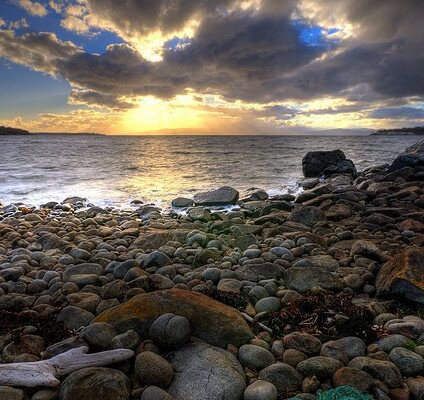Bruny Island
Bruny Island is located in the Tasman Sea off the southeast coast of the island of Tasmania, from which it is separated by the D’Antrcasto Strait. The island is named after the French explorer Joseph Antoine de Bruny D’Antrcasto.
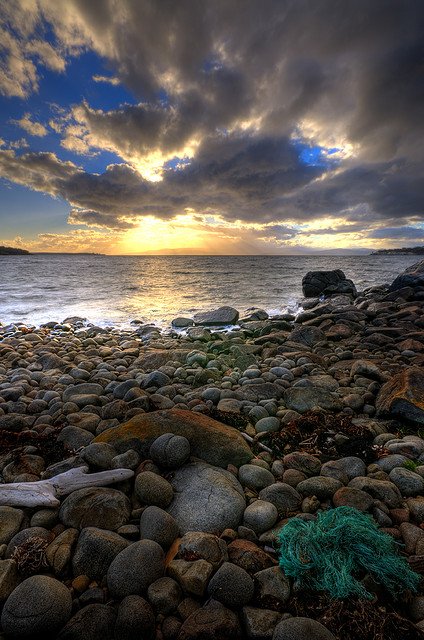
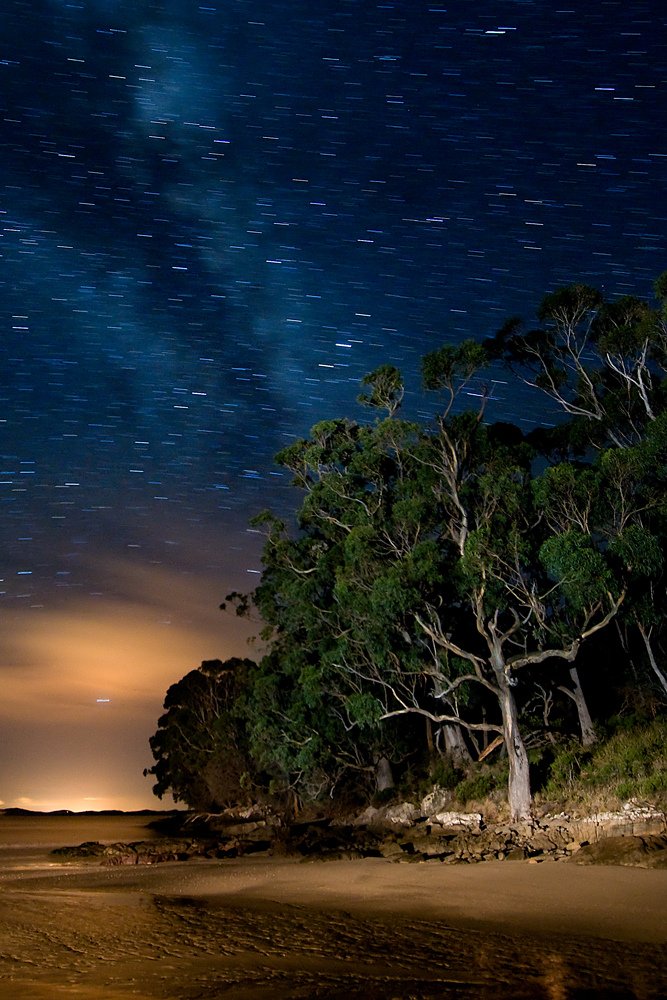
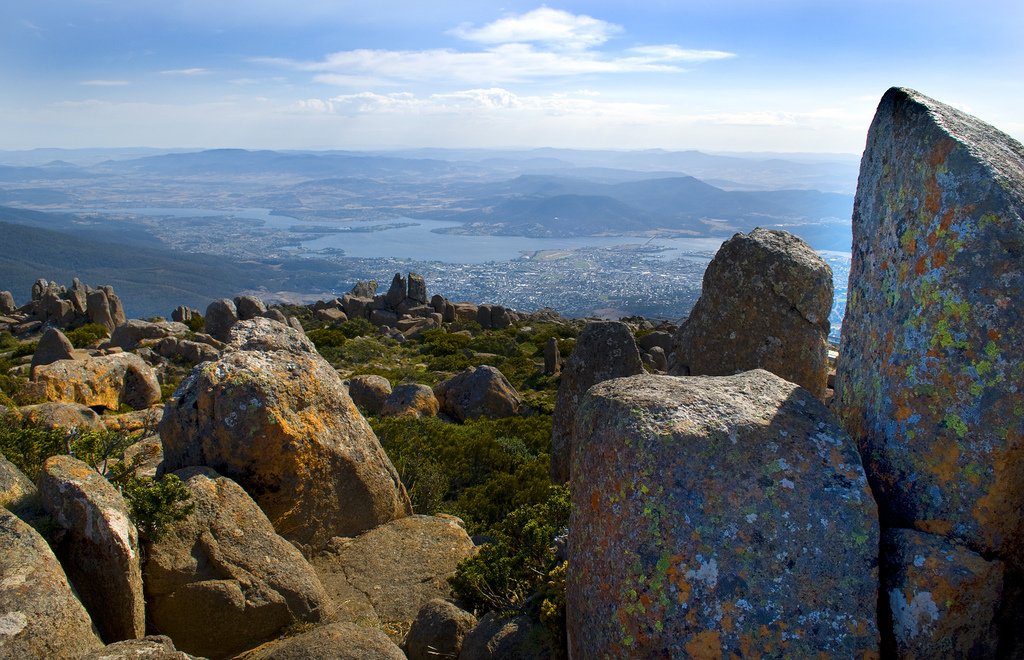
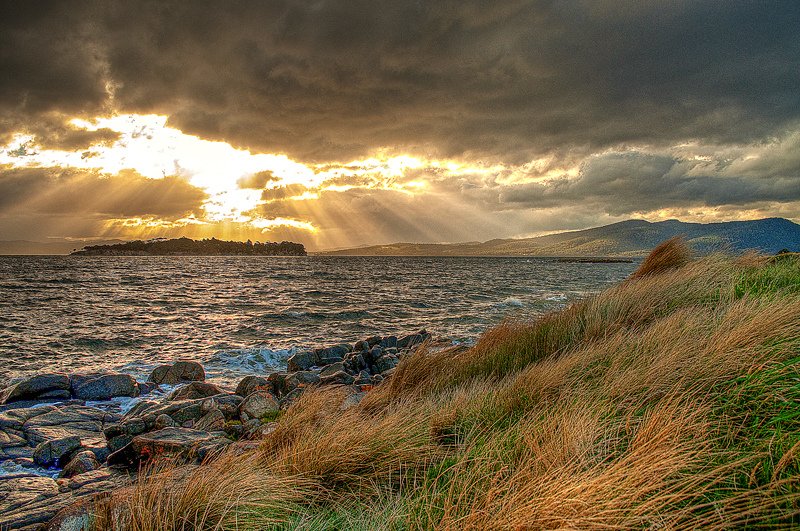
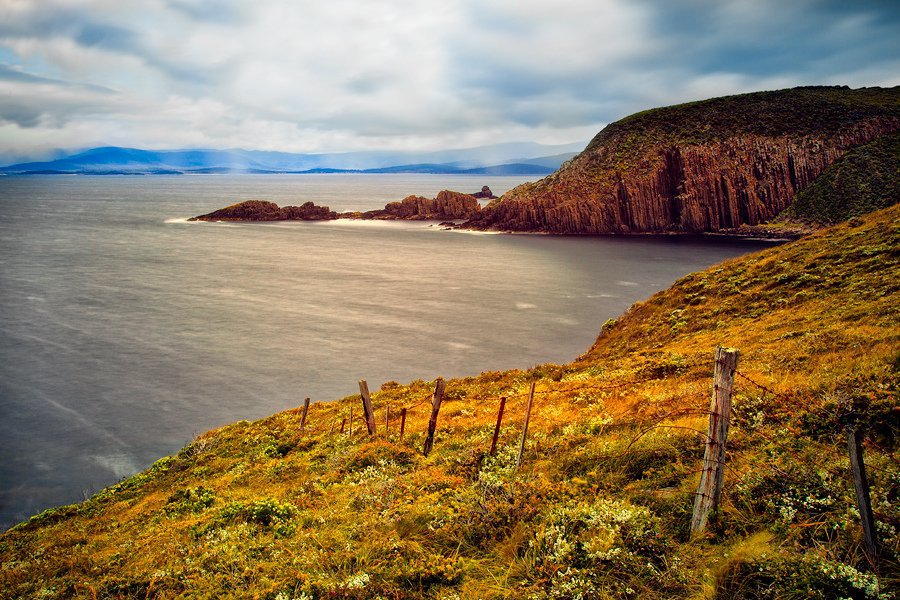
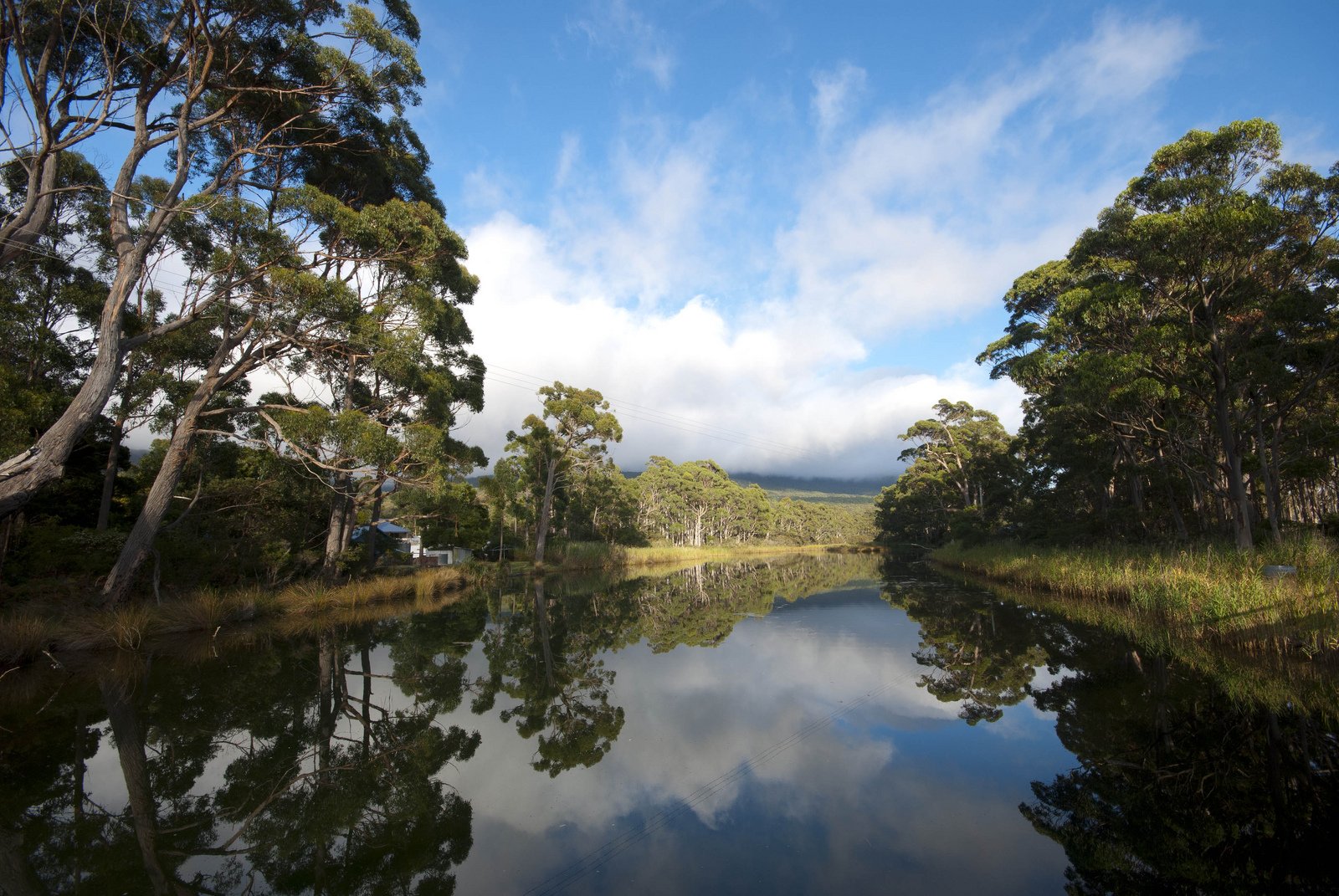
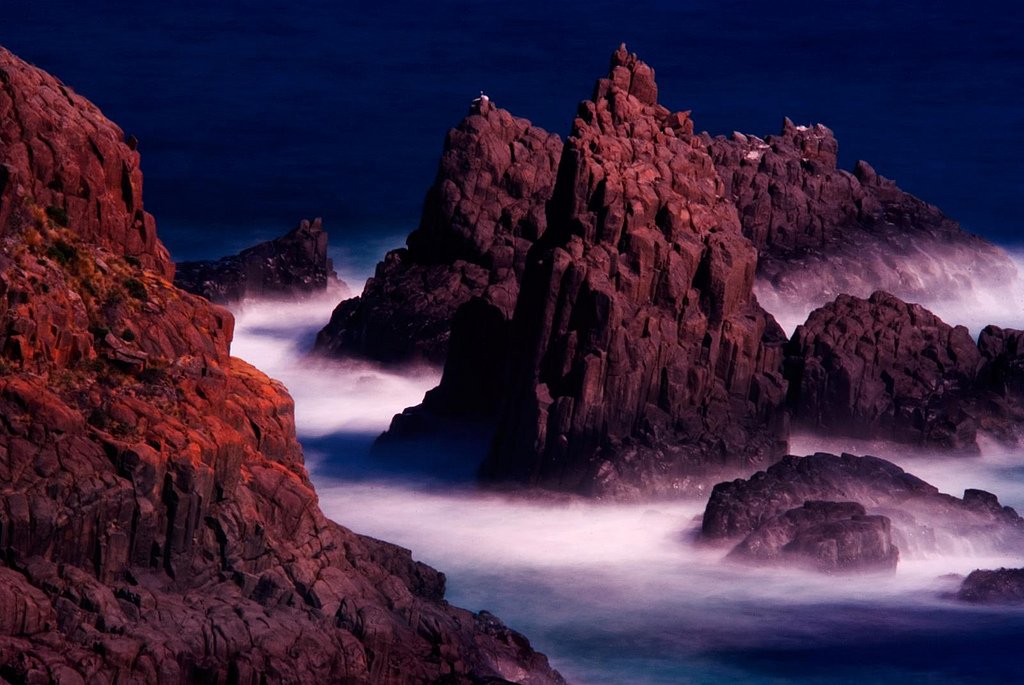
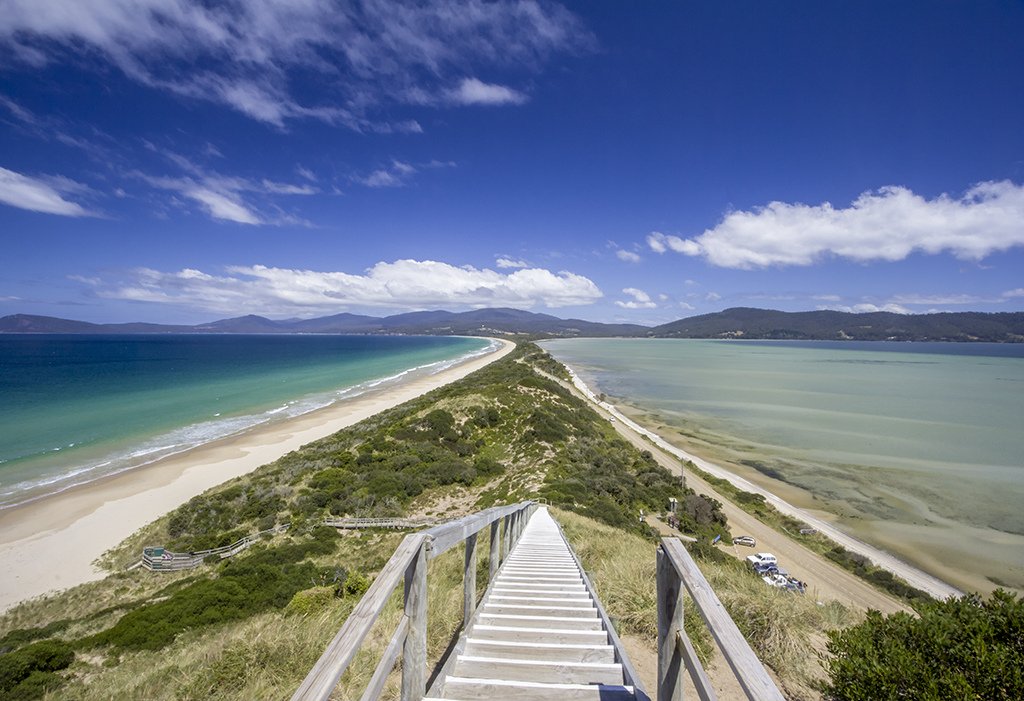
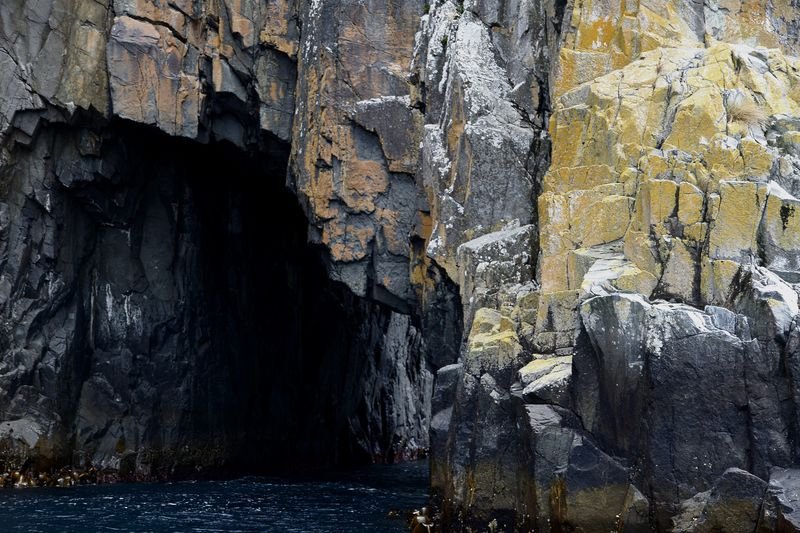
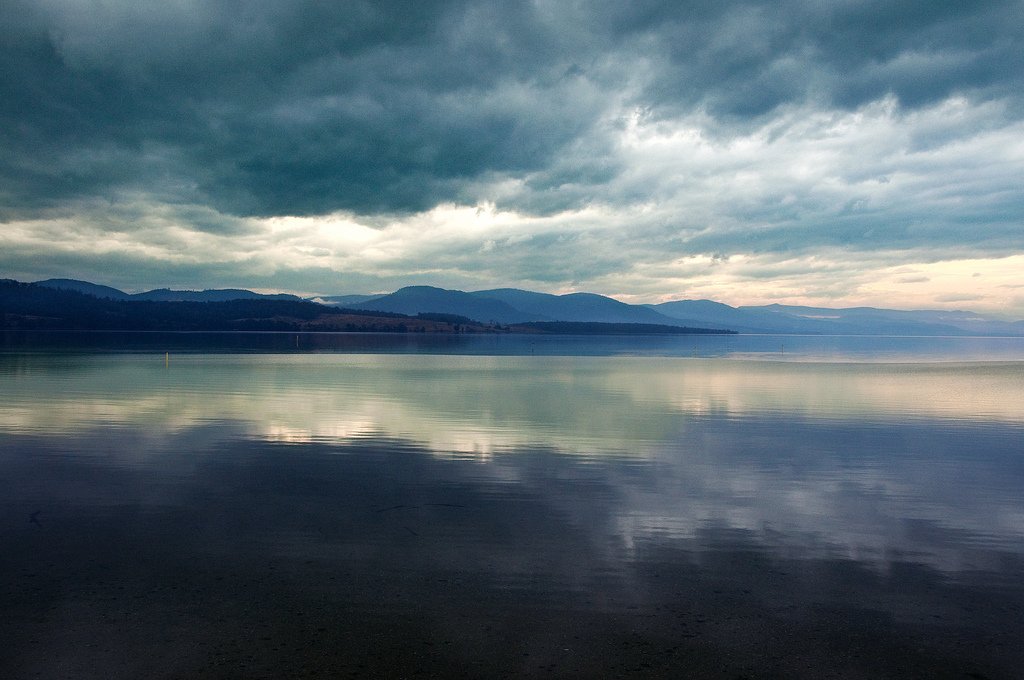
Video: Bruny Island
” title=”YouTube video player” frameborder=”0″ allow=”accelerometer; autoplay; clipboard-write; encrypted-media; gyroscope; picture-in-picture; web-share” allowfullscreen>Tourist Information
On Bruny, travelers will be able to rest their mind and body. It can be reached from Hobart first by car, then by ferry. Walking along the rocky coastline, quiet beaches, slender forests, bustling frothy shores and rolling green hills will leave no one indifferent! On an excursion or eco-cruise you can admire the impressive fauna, from wombats and wallabies to little penguins. If you are interested in the rich history and gourmet products, you can stay in an elegant hotel in the lap of nature.
.
Let’s reveal a little secret. In fact, Bruni is not one but two islands connected by a narrow isthmus. Bruny North is emerald sheep pastures, while Bruny South is a mountainous area of steep cliffs, ferns and coastal heathland. Both islands offer dizzying views as well as unforgettable hiking trails and pristine beaches where you can swim, boat or kayak, surf or fish..Travelers should climb to Neck Lookout for panoramic views or discover the mesmerizing coastline of South Bruny National Park. From the small town of Lunawanna, you can hike to Adventure Bay, which was spotted by Abel Tasman back in 1642. From there, a coastal trail leads to Penguin Island and Cape Fluted Cape. Wander the white sands of Cloud Bay and watch surfing competitions in January. And then snorkel in Cloud Lagoon, whose water is crystal clear despite its name.
.
The life of animals and birds on Bruny Island is very interesting and intense. From September to February in the hunting preserve “Neck” can be seen thin-billed petrels and small penguins, walking in a stoop to their nests in the rays of the setting sun. Rent a boat and sail past dolphins, migrating whales and a huge colony of Cape fur seals on Fryer Rocks. This island is home to red-gray wallabies, pademelons, echidnas and wombats, and seabirds. The endangered Tasmanian pardalote lives in the white eucalyptus trees here, and rare albino wallabies can be seen at sunset on the trail leading to Cape Grassy Point.
.One of the attractions is the museum at Adventure Bay, whose exhibits tell the story of the Aboriginal tribes and seafarers, whalers and explorers who have contributed to the rich history of Bruny Island.
.And, of course, a visit to a bar and winery in the far south of Tasmania is a great end to the trip, while gourmet shops and cozy cafes offer oysters, fudge and cheeses. There’s also a wide range of accommodation on the island – at the end of a fantastic day you can stay in a mini hotel, homestay, solar-powered apartment, rainforest hut or even the picturesque Cloud Corner campground.”
.Bruny Island is not the most popular tourist attraction in .
